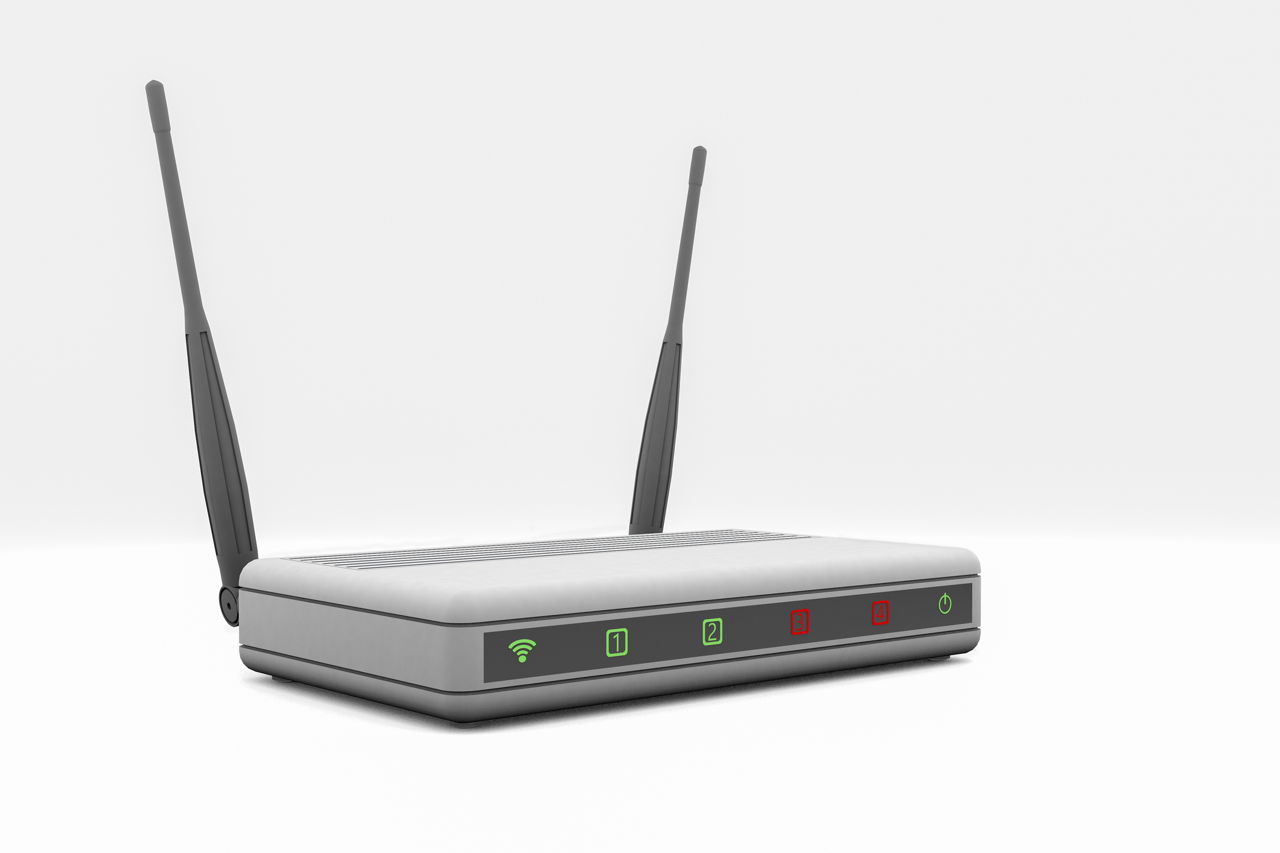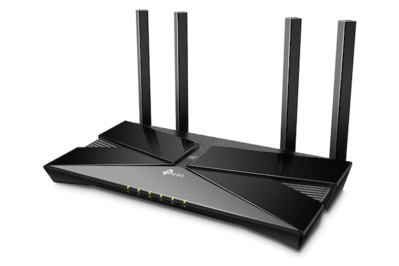
However, for those of us who majored in something besides math, there are WiFi channel apps that will do the math for you and tell you which channel is best.
GOOD WIFI ROUTER FOR MAC MANUAL
If you’re into manual calculations, that’s cool, you do you. The higher this number is, the better the WiFi connection. Ideally, you want to have a high SNR ratio. Simply subtract the value of “Noise” from the “RSSI” value to get the SNR value.įor example, channel 13 has an RSSI of -49, and the noise is -95. This is called the “SNR” – which stands for “Signal-to-Noise Ratio.” To complete the calculation, we want to measure the difference between these two values. Again, because these numbers are negative, the lowest number would be the one that’s farthest from zero. On the other hand, for “Noise,” you’ll need to look for the lowest number. For example, an RSSI of -45 is better compared to an RSSI of -70. But, because they’re negative, it’s important to remember that “higher” will mean as close to zero as possible.

In this case, “Noise” stands for the number of other signals that might interfere with the signal being monitored.īoth values are always listed as negative numbers.įor RSSI, you’ll have to check for the highest number (the higher, the better). Noise, also “Noise Floor,” is the sum of all the noise sources and unwanted signals within the connection range. RSSI stands for “Received Signal Strength Indicator.” It tells you how strong the connection between your device and a router is. When you want to find the best WiFi channel, you’ll have to consider two important numbers.Ĭheck the “RSSI” and “Noise” values, as shown above in the screenshot from my Mac. While there are easier ways to find the best channel (which we’ll discuss shortly), you can calculate the best channel manually. You can read your WiFi diagnostics and calculate the best WiFi channel. Keep in mind everything I’ve mentioned in order to decide which one is the best for you.
GOOD WIFI ROUTER FOR MAC HOW TO
I will show you how to find the best 2.4GHz and best 5GHz connections. That means you likely will not hit speeds as fast as those listed above, as there are all types of things in the average home or office that can affect connection speeds. Note the mention of “ideal conditions” in that first sentence of the previous paragraph. 5GHz WiFi will support speeds of up to 1300 Mbps. Under ideal conditions, 2.4GHz WiFi will support connection speeds of up to 450 Mbps or 600 Mbps, depending on the class of the router. On the other hand, in a densely-populated WiFi area, in these days of Internet of Things (IoT) devices – like WiFi doorbells, refrigerators, security cams – the 2.4GHz bands can get crowded. Note: a 5GHz connection isn’t nearly as good as a 2.4GHz connection at penetrating objects and walls. This means that while your connection speeds will be faster, you might have connection issues in remote parts of your home or office. However, its signal only covers shorter distances. So, while your WiFi signal may cover your entire home, even being strong enough to reach the backyard, you may not be getting all of the performance your wireless router is capable of.Ī 5GHz wireless connection will provide a faster connection. The major difference between a 2.4GHz and a 5GHz wireless connection is the range and bandwidth.Ī 2.4GHz wireless connection is more effective at covering farther distances, but will usually do so at a lower speed. What’s the Difference Between 2.4GHz and 5GHz?īefore we go any farther, let’s take a look at the differences between a 2.4GHz and a 5GHz wireless connection. I will then instruct you on how to set up your router in order to tune into that channel. In this step-by-step guide, I will show you how to improve your WiFi connection by finding the best WiFi channel for your router, PC, mobile device, gaming console and even your refrigerator. You can do this by switching to a channel that either has no other users (or significantly fewer users) than the current channel you’re using.
GOOD WIFI ROUTER FOR MAC DOWNLOAD
Luckily, there is a way to improve your WiFi connection’s reliability and download speeds. The more people who try to use a particular highway, the slower the traffic. These issues are often caused by the large number of people attempting to connect to the internet, causing an overload of wireless signals using the same network channel.


That said, if you live in an apartment building or a densely populated area with homes close to each other, you might experience frequent network timeouts, disconnection issues or an overall slow internet speed. WiFi networking is a proven technology, and as a rule it’s a technology that works well. Your WiFi network broadcasts a signal on a certain channel, which your connected device connects to for its internet connection. You, me, our next door neighbors – we all likely have a home WiFi network in our homes.


 0 kommentar(er)
0 kommentar(er)
